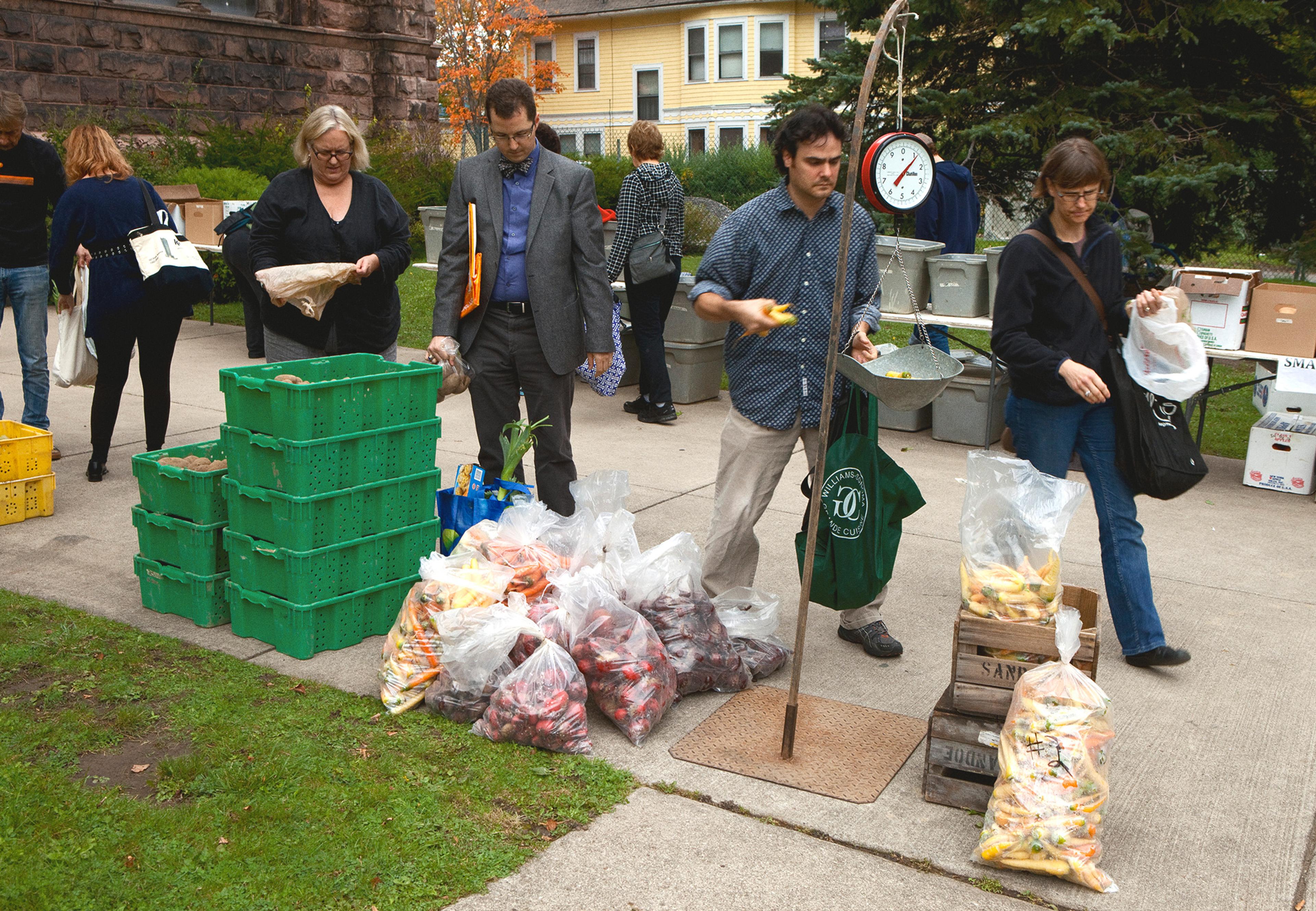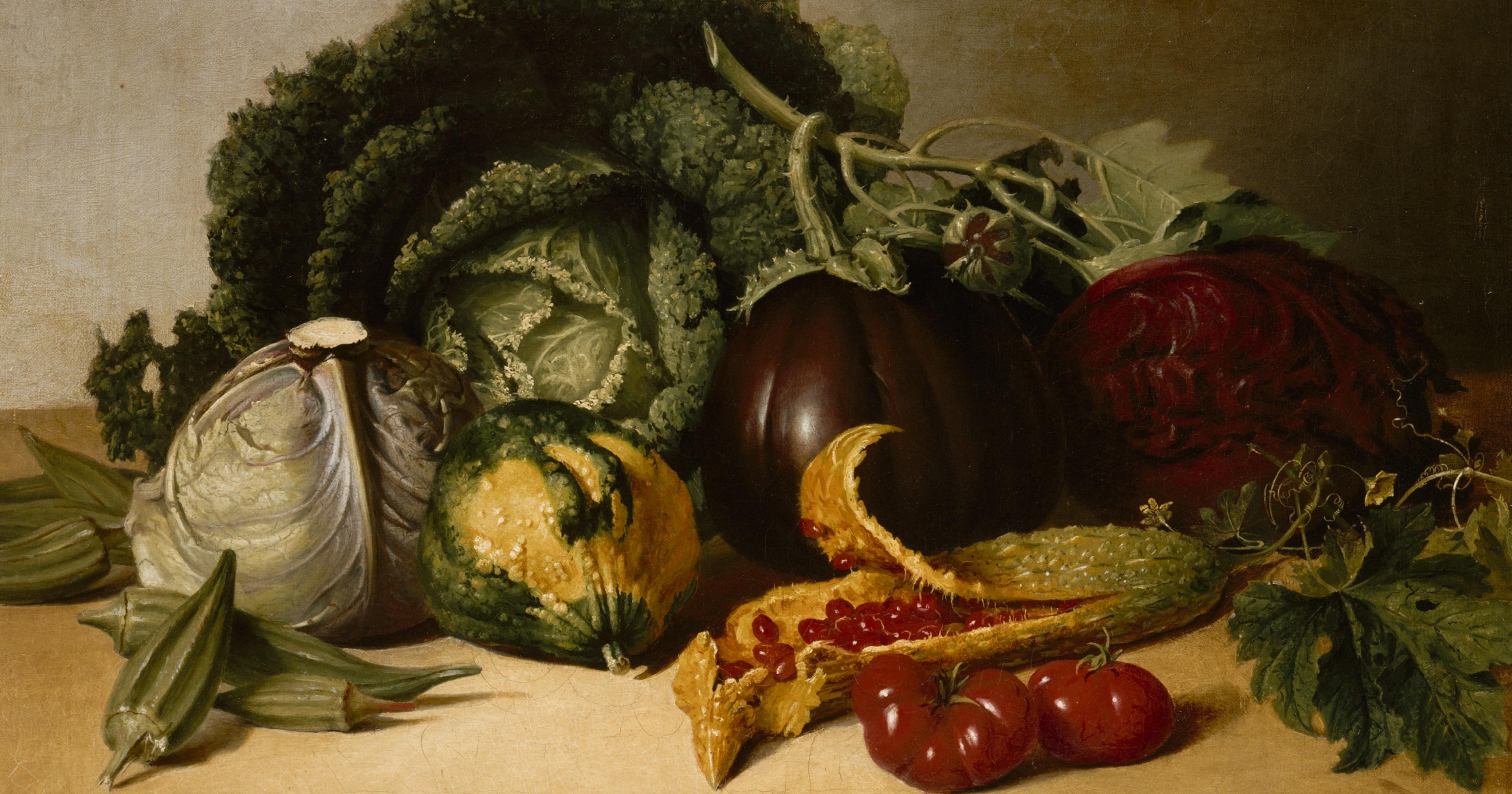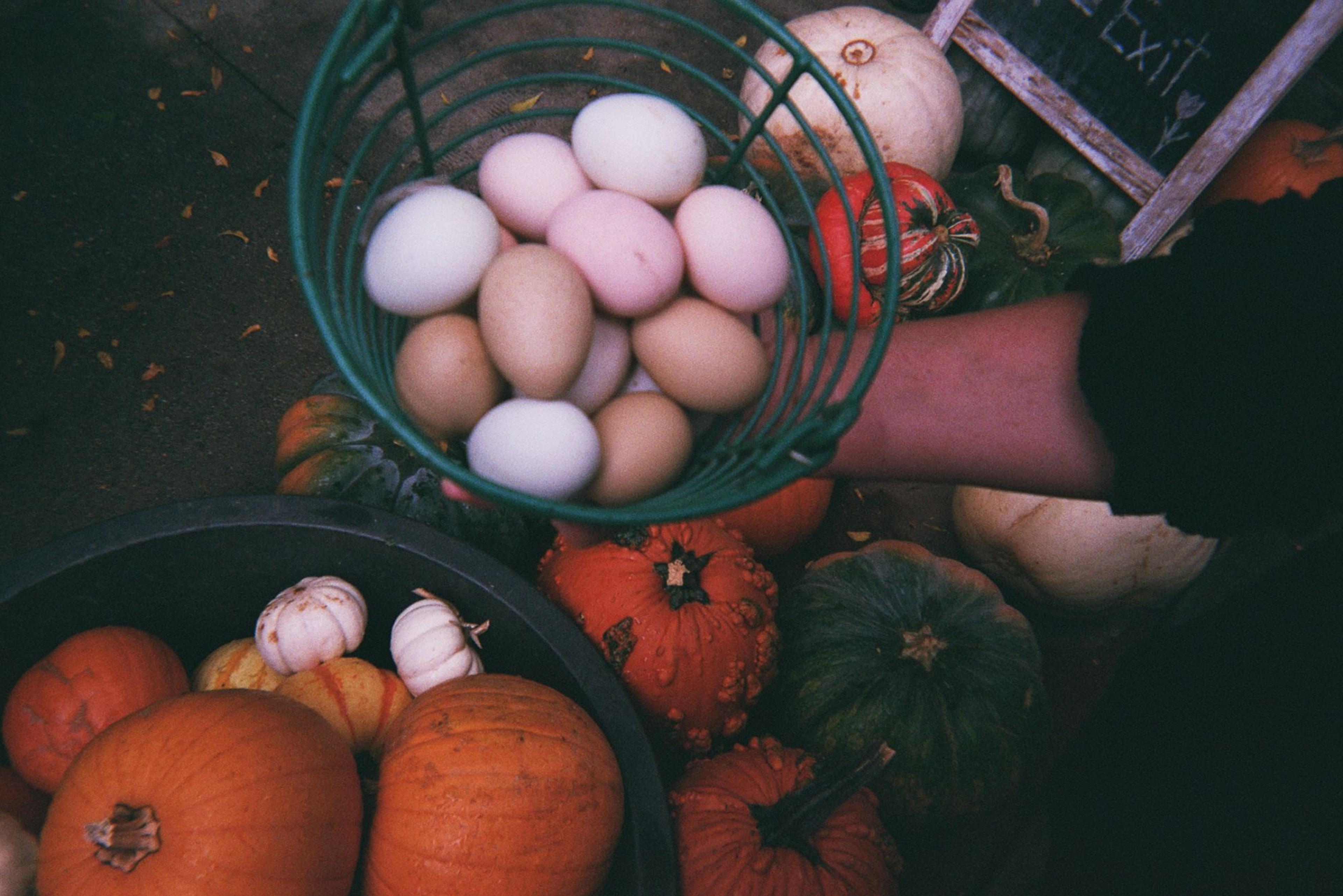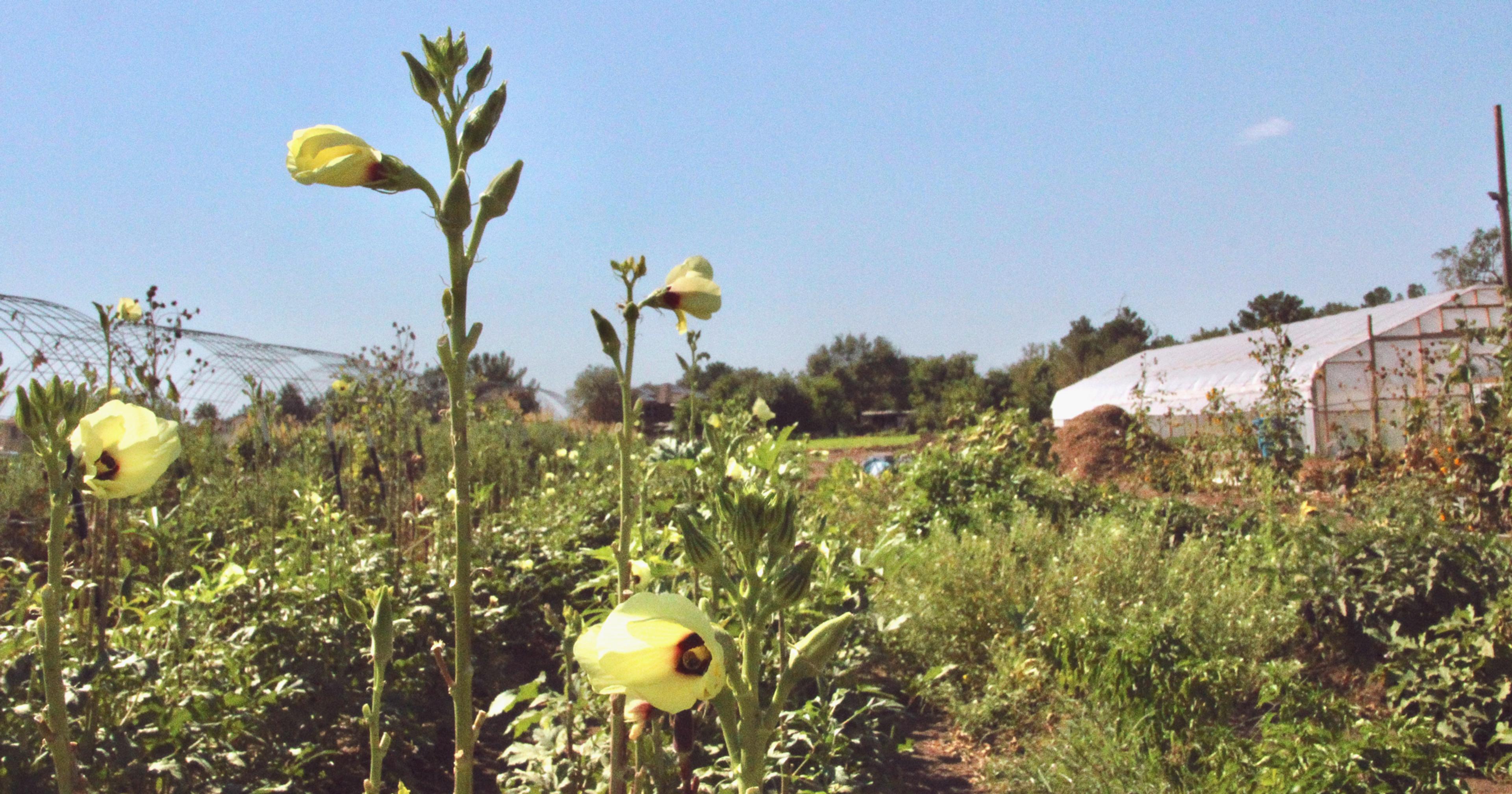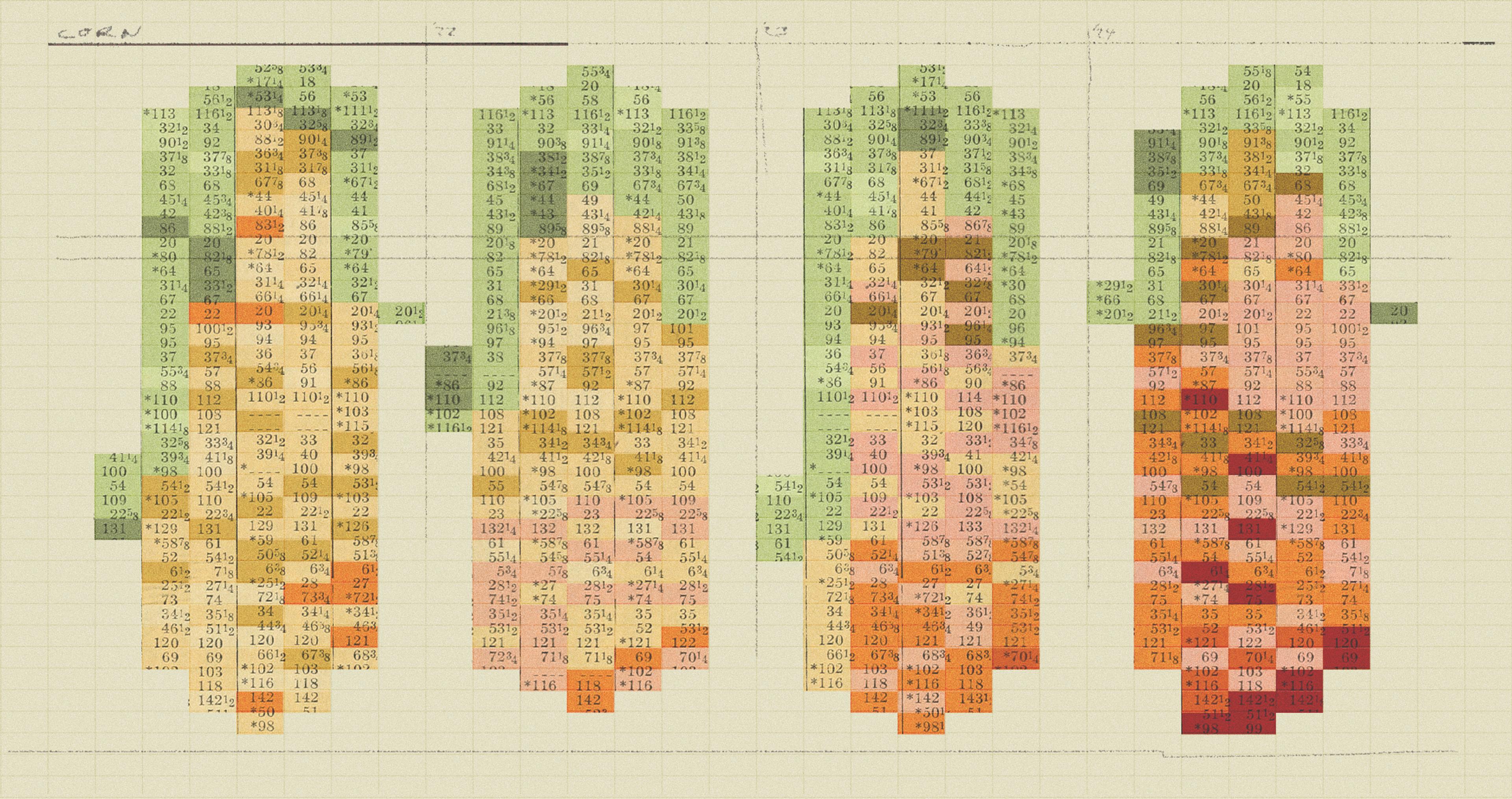Many farmers are adopting a “market credit” style model, giving customers the flexibility to choose what they want each week — if anything.
One of the most enduring ways to purchase produce directly from a farmer is through Community Supported Agriculture (CSA), also known as a farmshare. It’s proven a simple and effective model for producers and customers alike. For the farmer, a CSA provides much needed cash upfront before the season begins to purchase supplies and materials. Meanwhile, customers benefit from the sheer abundance of most farmshares, and its attendant cost savings over typical market prices.
But an underlying element of this arrangement is trust. Customers need to be on board with being a de facto investor in the farm, and willing to take the risk that frost or inclement weather can destroy an entire crop. They also have to accept whatever fruits and veggies come their way each week, at amounts that may not be ideal for their household’s needs.
“The traditional model of ‘You get the week’s harvest and abundance of the farm’ is definitely not for everyone,” according to Jennifer Hashley, director for the New Entry Program at Tufts University, “and yet the farmer really relies on that up-front capital to plan cash flow and know they have a market and pre-sold the bulk of their production through a CSA model.”
For roughly the last decade, trend analysts have been noting a flattening, or even an outright decline in CSA sales. The pandemic led to increased interest in the model, but many observers are reporting a subsequent slump. In response, many farmers are offering alternate direct-to-consumer models for purchasing their produce, adjacent to a CSA but with more flexibility.
One of the most popular models is the “market credit” system, where the customer still puts a large chunk of money down at the beginning of the growing season. But instead of weekly surprise boxes, that credit entitles customers to choose what they want on a weekly basis, with each purchase deducted from their original down payment.
“I’ve been involved in many different iterations of CSA models over the years and our current market style credit system is the easiest to run and most stress-free model to date,” said Lauren Nagy, farm manager at Ironbound Farm and Cider House in New Jersey. “This model is easy because we are able to stock our farm market with whatever we have and don’t need to pack boxes or worry about having the right quantity of every item on hand, which is so stressful.”
The market credit, or “market share” model still gives the farm working capital in advance, but allows greater flexibility for choosy customers — if, say, you’re out of town for a week, or are planning to host a large dinner party, you have the option to skip a week or to buy more produce. Plus paying in advance typically earns you a discount over the course of the growing season. “Our market share customers [are] not penalized if they go on vacation for two weeks in the summer — that doesn’t impact the total amount that they get,” said Caitlin Taylor, co-founder of 16-acre Four Root Farm in Connecticut.
Four Root has offered a market share program for years. It “combines what we think are the best parts of the traditional CSA program and the farmer’s market,” according to the farm’s website. “We are able to sell as many shares as we need to in order to do things like buy seeds, equipment and materials in the winter,” said Taylor. “We see our market share customers — about 100 — as our loyal, regular customers at the farmer’s market.” It’s a way to create customer retention since many are already shopping at the market and now you can offer them an added perk to keep shopping there, she added.
“They’re too busy. They can’t create the habit. It’s too expensive. It’s not what they want. They don’t eat enough vegetables. They felt like they were wasting it. They can’t remember to sign up or pick up.”
Andie Donnan started the half-acre Sandhill Farm in Wisconsin with her partner, and began a market share in 2019. The reason was simple— concern about growing sufficient produce each week for a traditional farm share box. “We were freaking nervous — how do you have enough produce and the right kind?” Donnan said. ”We were scared to overcommit.“ A market style helped them figure out how to plan for a traditional CSA. “Once we did the market share, we got comfortable at having a robust farmer’s market stand and feeling like we were good enough to grow X quantity of things.”
Once they got the hang of running their farm, which coincided with the pandemic, they launched a traditional CSA and initially had success. Since then, however, they’ve noticed that retaining customers each year is difficult. “I think we have like a 58% retention rate for our CSA box,” said Donnan. “We get so many one-year customers and there could be a million reasons why — they’re too busy. They can’t create the habit. It’s too expensive. It’s not what they want. They don’t eat enough vegetables. They felt like they were wasting it. They can’t remember to sign up or pick up.”
In fact, she is now pondering why they’re still offering a classic CSA box at all. “Why the hell are we doing this?” Donnan asked. “Why are we doing a traditional?” She finds running a market share easier all-around and with more customer retention, around 75%.
Jenna Untiedt of Untiedt’s Vegetable Farm in Minnesota, a family farm of approximately 2000 acres, ceased their traditional CSA at the end of 2023 — after 13 years. It felt a bit risky, to change what you know after all that time, but so far the results have been stellar. Untiedt, which operates on a relatively large scale, offers 17 locations for customers to shop, without restrictive time windows.
“[Customers] spend $500 and we loaded cards with $600 in value and they can use those cards at any of our retail locations throughout the Twin Cities metro,” said Untiedt. “They can use this card whenever they want and they can use it on whatever they want. So these people that didn’t want to just get a box of random things can choose what they’d like now.”
“These people that didn’t want to just get a box of random things can choose what they’d like now.”
It’s still early in their market credit adoption, but so far so good. Many new customers, who were previously not CSA members, opted to purchase the market share. “We always delivered our CSA on Tuesdays for 13 years because Tuesday was our slowest day of the week for retail or wholesale,” said Untiedt. “We took all the constraints away so now this membership works for a lot of other people.”
Tufts’ New Entry Program has offered a traditional CSA for years, but after customer yearly surveys showed customers asking for more options, combined with a steady decline in CSA sales since 2014, they decided to adapt. In addition to the regular CSA model, New Entry now offers a “CSA Your Way” option. With this option, the customer orders a custom box of produce on a weekly basis, without paying cash up front at the beginning of the season. “We wanted to make sure that we were offering something competitive to people who could pick and choose,” said Hashley.
Still, Hashley admits that custom orders take more work and logistics. “It’s more work on the back end to custom pack an order where someone wants a bunch of parsley, one head of lettuce, three carrots, versus I’m going to pack 300 boxes and they’re all going to be the same,” she said. On the customer end, members who opt for a custom box don’t receive a discount like they do for a traditional CSA — which is ultimately more income for the farm.
“You want to always meet people where they’re at,” said Hashley. “You’re shopping with your dollars and you’re supporting the farm — that’s a good thing.”

